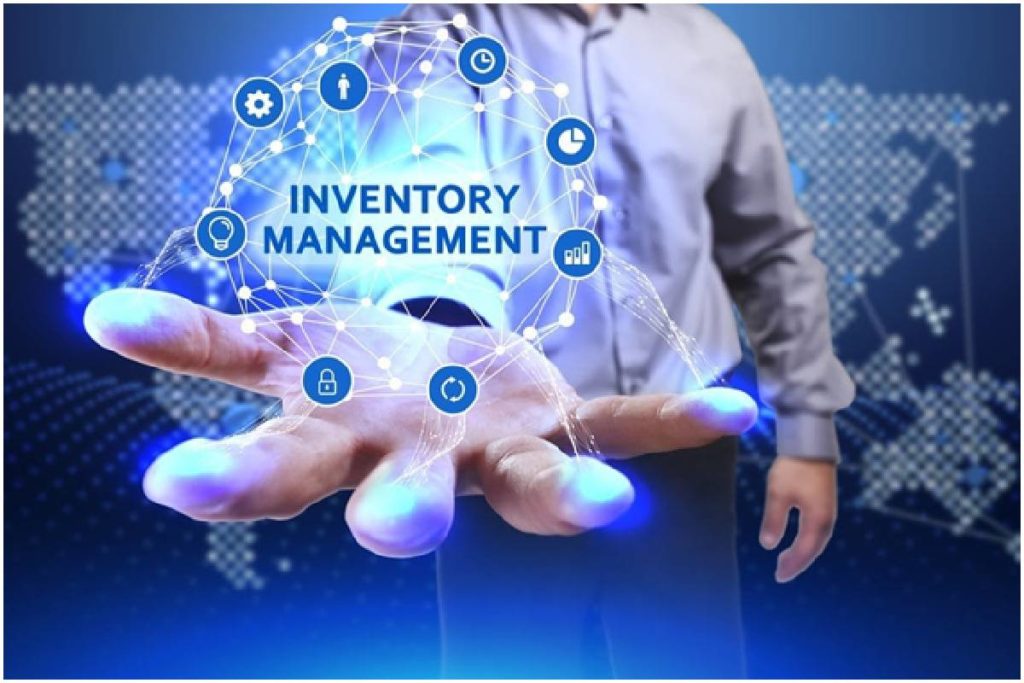What is Data-Driven Inventory Optimization? – With retail sales online not showing any signs of slowing down, an opportunity for business growth is quite monumental. But, the main challenge is that as this eCommerce industry develops, so your customer’s expectations over various things — and not least of product accessibility. Not keeping proper stock to fulfill such demand can put you at risk of the missed sales opportunities. Even worst, lead to a damaged reputation as well as the loss of future customers, how will you meet your customer demand without having excess stock? It is possible, by leveraging enough data in the inventory management system and taking the help of inventory optimization software.
To optimize means seeking the effective result. The lower level of the inventory decreases the cost but very little inventory can lead to shortages as well as higher costs of expediting, customer dissatisfaction as well as the loss of sales. Thus, optimization goes much beyond minimizing your inventory – it’s searching for the best & highly effective amount of the inventory to get minimum overall expense.
Table of Contents
Steps for Building the Inventory Optimization Policy
Replenish your strategy
When you have planned inventory in your supply chain will be a major difference between the forecasted demand & planned replenishment. For this reason, inventory optimization focuses on better forecasting & improving replenishment planning procedures. Collaboration with the supply chain partners for developing such plans & forecasts is an important part to improve the supply chain performance. The additional focus will be bringing the demand planning and forecasting process fully in an overall plan through the formalized Sales and Operations Planning procedure.
Overall costs will be reduced just by making the right use of the resources that include transportation & warehousing. The reduced inventory actually means very little warehouse space needed but will mean higher shipments in the smaller quantities in & out of your warehouses and increases the labor and handling expenses and transportation costs. Minimizing the inventory won’t necessarily result in the lowest overall cost. This is where the optimization feature comes in. Just by watching out how the different costs interact, this system will develop the lowest overall cost program with the right amount of inventory.
Maximizing the sales & profit margins
Being the business owner, it is in your interest to improve sales and profit margins. The biggest benefit of having plenty of eCommerce data is an opportunity of getting insights, which allows for smarter and profitable decision-making. Such insights will include, for instance, customer buying trends, best & worst performing channels, and better-performing products. Let us take the latter as an example.
Running down reports on the individual inventory product performance, you will stay on top of the stock replenishment & make informed merchandising and buying decisions. For instance, is the item doing badly as it is not getting promoted? Or is this because there is not any demand for it?
Whereas plenty of challenges stay, it’s quite clear that the new approach, which exploits the data, which is getting available is totally inevitable, given its connectivity, capacity, as well as transparency of the data sources all along with the high computing power & data storage ability available at the low cost. There is a change coming in the world of inventory management & those who embrace such change are ahead of this game.
Final Words
IoT-based inventory optimization will be highly adopted as it accommodates many different variables required for the right prediction of the product demand. The end-users will be advised to look over different IoT platforms, which will help them with data-driven optimization.

